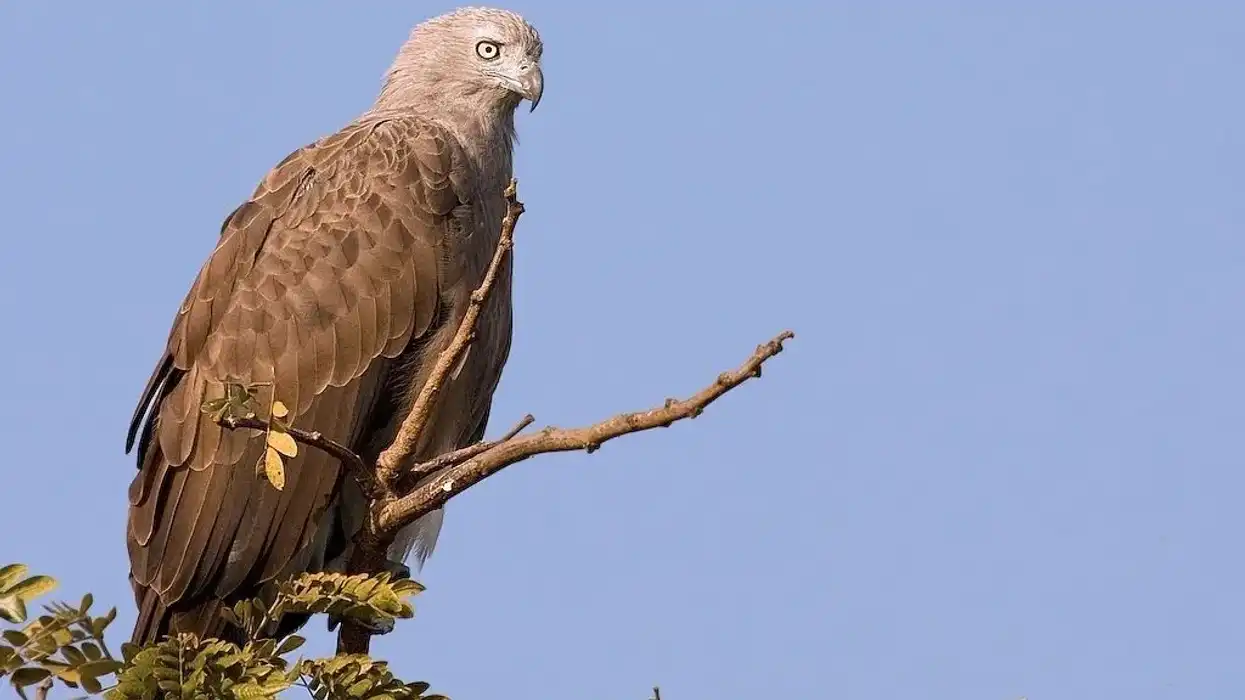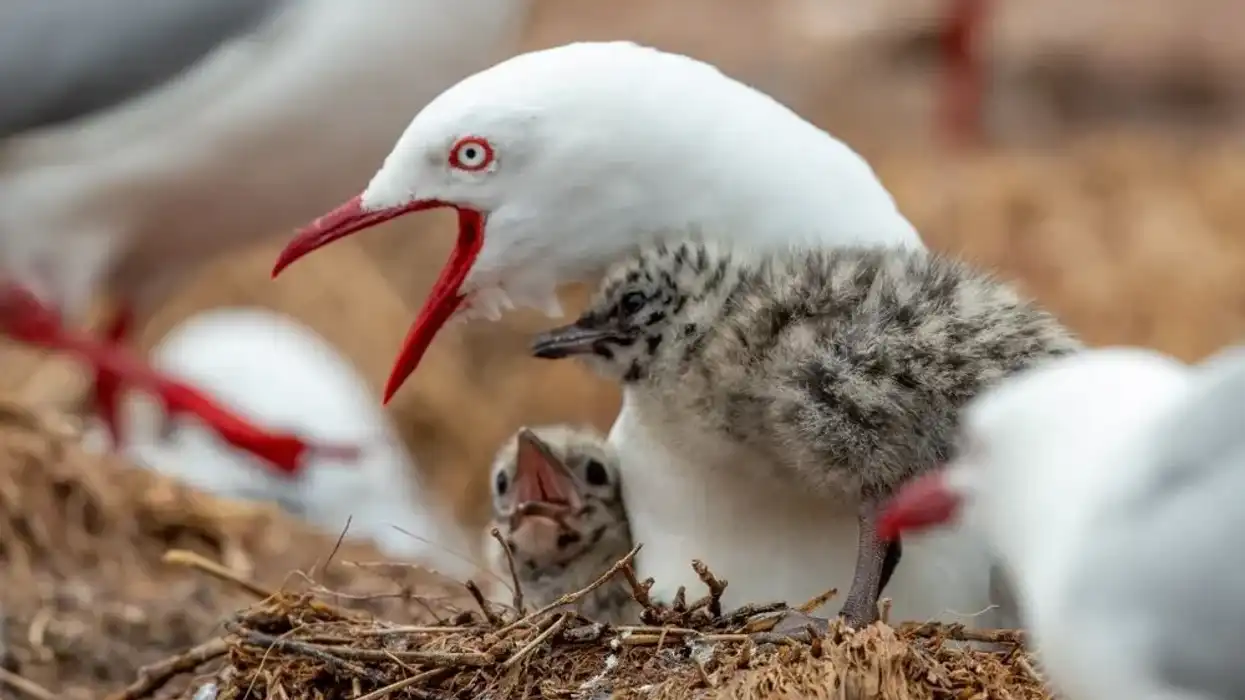The greater sand plover (Charadrius leschenaultii), alternatively spelled as the greater sand-plover, is a wader bird of South Asian origin. The species have a significant and different range for the breeding and non-breeding criteria.
During the winter months, the population flies towards the south and spreads over the Indian ocean.
The flocks in South Africa migrate toward the coasts of the Philippines, New Guinea, New Zealand, and Australia. The majority of the population distribution is seen near sandy beaches, marshes, swamps, and areas that include open and dry uncultivated areas, along with lands covered with dried mud and clay flats.
The birds are mostly social and breed once a year, producing two to four chicks a year.
The baby birds, or the chicks, are mostly dark gray and are nurtured by both parents until they become independent. Since the nests are built on the ground, the parents protect the chicks from predators like foxes and other animals.
For more relatable content, check out these Latham's snipe facts and mountain plover facts for kids.
Greater Sand Plover Interesting Facts
What type of animal is a greater sand plover?
The greater sand plover (Charadrius leschenaultii) of the order Charadriiformes is a bird. It is a small wader bird of the plover species.
What class of animal does a greater sand plover belong to?
This species belongs to the Aves class of animals. Belonging to the Chordata phylum, the birds belong to the family Charadriidae like the killdeer.
How many greater sand plovers are there in the world?
The sand plovers are terrestrial birds and are listed under the Least Concern status by the International Union for Conservation of Nature (IUCN). Although the species encounters habitat loss due to human activities, there is an estimated population range of 100,000-225,000 individuals currently residing on the planet.
Where does a greater sand plover live?
The location of the bird population range changes depending on the season. Being migratory birds, the species have a different location and range for breeding and for residing. The breeding area includes Central Asia, East Africa. The distribution includes countries such as India, Africa, Australia, Iran, Jordan, Korea, Central and South Asia during the non-breeding season.
What is a greater sand plover's habitat?
The plover is a wading bird and is mostly spotted along the coastal areas. The birds are seen on sheltered, sandy, muddy or shelly beaches.
The habitat includes mudflats, marshes, coral reefs, and tidal lagoons. Occasionally, these birds are seen feeding off the coastal grasslands. During the breeding season, they are seen near swamps and salt lakes.
During the non-breeding season, the birds reside near the rocky plains of the desert and semi-desert habitat. They show a preference for the coastal areas with lands mixed with sand and mud substrate.
Who do greater sand plovers live with?
These plovers are extremely social birds often seen feeding and breeding in flocks. They gather in flocks numbering 2-50 individuals although sometimes the groups may number up to 1,000. This can be seen mostly at high tide along sand bars.
How long does a greater sand plover live?
These plovers have an average lifespan of around five to eight years. They live longer than the average snowy plover.
How do they reproduce?
At the onset of the winter, the flocks gather and migrate south for better habitat and good availability of food. The parent birds create nests on the ground, which are shallow and are covered with a layer of grassy materials.
The nests are intertwined with twigs to protect the eggs from falling. The female lays two to four eggs.
The incubation periods occur during the months of April and May and may last up to 24 days. The chicks attain maturity within 30 days of birth and become independent and join the adult flocks.
What is their conservation status?
According to the International Union for Conservation of Nature (IUCN), these plovers are listed under the Least Concern category. There is a global population of around 100,000 - 250,000 individuals at the moment. There has been a decrease in their population due to habitat loss from housing in urban areas and hunting by predators.
Greater Sand Plover Fun Facts
What do greater sand plovers look like?
The greater sand plover (Charadrius leschenaultii) has a different appearance depending on the season. During the non-breeding season, they have a gray and brown head with similar patches on the breast.
The species are known to have a distinctive bill. During this time, the bill and the upper wing are generally dark brown. There are visible white marks near the breast, chin, and throat.
The green and gray legs help to identify the greater sand plover as it is different from the lesser sand plover, which is black and dark gray in color. During the breeding season, instead of brown, there are red feathers near the breast and the head.
 *We've been unable to source an image of greater sand-plover and have used an image of lesser sand-plover instead. If you are able to provide us with a royalty-free image of greater sand-plover, we would be happy to credit you. Please contact us at hello@kidadl.com.
*We've been unable to source an image of greater sand-plover and have used an image of lesser sand-plover instead. If you are able to provide us with a royalty-free image of greater sand-plover, we would be happy to credit you. Please contact us at hello@kidadl.com.
How cute are they?
Needless to say, this small wader species is extremely cute. The gray and the white feathers give a sophisticated and polished look to the birds.
How do they communicate?
For communication, these birds have a range of loud calls. A sharp and repetitive 'trrr' sound is emitted to call for mating and to warn family members from predators. Their calls are similar to birds like curlew sandpiper or a turnstone.
How big is a greater sand plover?
The plover bird has an average weight of around 2.6-3.5 oz (75–100 g) and has a length of around 8.7-9.8 in (22–25 cm). The lesser sand plover is proportionally smaller than the greater sand plover and is around 7.1-8.3 in (18-21 cm). The American golden plover is bigger than both.
How fast can a greater sand plover move?
The species are known to have great speed. During the breeding season, they tend to move very fast in order to protect their nest from predators.
How much does a greater sand plover weigh?
The greater sand plover birds have a weight of 2.6-3.5 oz (75–100 g) on average.
What are the male and female names of the species?
There is no specific name assigned to the male and the female species.
What would you call a baby greater sand plover?
Baby plovers are usually called chicks.
What do they eat?
During the breeding season, they feed on insects and lizards. During the non-breeding season, they feed on mollusks, worms, and crustaceans.
Are they dangerous?
There is no information about the species being dangerous to humans or to other related species. However, they get aggressive while guarding the nests.
Would they make a good pet?
These wild wading birds are not suitable as pets.
Did you know...
The birds generally build their nests 12.4 mi (20 km) away from the water body.
Can greater sand plovers fly?
Greater sand plovers are great at flying and are known to fly up to a height of around 9,842.5 ft (3,000 m).
Lesser vs. greater sand plover
The lesser sand plover and the greater sand plover have different winters and different summers, as well as different patterns in their plumage, breast, crown, and legs.
Here at Kidadl, we have carefully created lots of interesting family-friendly animal facts for everyone to discover! For more relatable content, check out these little auk facts for kids and common snipe interesting facts pages.
You can even occupy yourself at home by coloring in one of our free printable milky stork coloring pages.




 *We've been unable to source an image of greater sand-plover and have used an image of lesser sand-plover instead. If you are able to provide us with a royalty-free image of greater sand-plover, we would be happy to credit you. Please contact us at hello@kidadl.com.
*We've been unable to source an image of greater sand-plover and have used an image of lesser sand-plover instead. If you are able to provide us with a royalty-free image of greater sand-plover, we would be happy to credit you. Please contact us at hello@kidadl.com.



